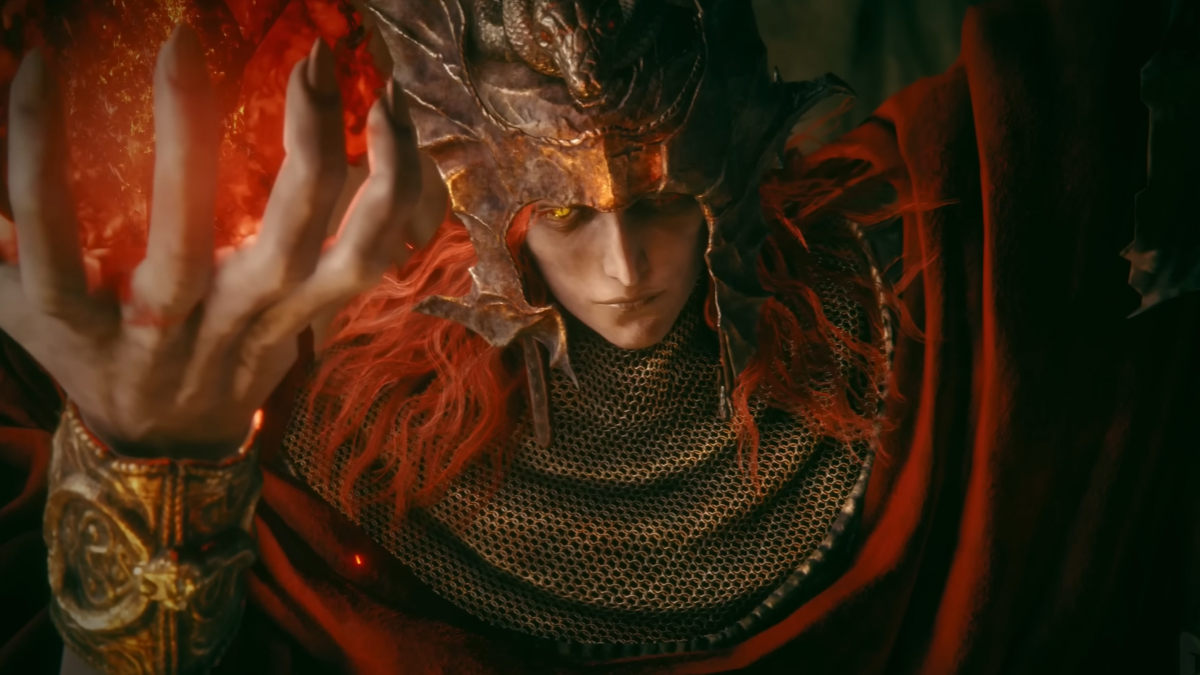It has been 1,000 years since the gods ruled supreme, but they have all but disappeared. Now lesser creatures of myth have found ways to rise to power in the modern world. The valkyries have become a biker gang, trafficking divine blood to vampires and the mega-corporation that rules the Americas. Russia fields an army of werewolves and witches, and an immortal empress rules the Middle East, commanding golems and angels. Asia is home to hungry ghosts and tengu but also creatures from virtual reality that have somehow begun physically manifesting.
This is the world of Mythgard, the digital collectible card game launching in early access on Steam, iOS, and Android on Sept. 19. Developed by Rhino Games, the game draws inspiration for its world from modern fantasy classics including Fables and American Gods.
“There’s a lot of popular urban fantasy in film and literature, but it’s largely absent in gaming,” said game designer and writer Jesse Decker. “The community has really responded to the lore and the world and the whole promise of a modern world where mythology is real.”
Rhino Games was founded in 2016 by Peter Hu and Paxton Mason, who had worked at the now defunct Gazillion Entertainment on the MMORPG Marvel Heroes and began gathering other former coworkers to develop a game based on their shared passion for CCGs.
“We were all big fans of Magic: The Gathering and felt like it hadn’t been translated into digital form in a way we were happy with,” Mason said. “We thought it was a game that we could build with a smaller team.”
Wizards of the Coast had been making digital versions of the world’s most popular CCG since 1997, but they only released a version that was optimized for streaming and serious competitive play last year with Magic: The Gathering Arena. That might have seemed like an existential threat for Mythgard, but Mason believes his game will still find an audience.
“We felt like there are just problems with the rules of Magic when it comes to trying to make a digital game,” he said. “We were trying to reimagine what Magic would be if it was digital first, which meant taking out some systems that don’t work in a digital form and injecting new ones.”
Magic is highly interactive, which can force players to wait around while their opponents decide how they want to react to their maneuvers. Like most digital CCGs, Mythgard takes a more back-and-forth approach to gameplay but increases choices by dividing the board into seven lanes, each of which can attack the three lanes in front of it in a system Decker calls the trident attack.

“(MTG and Hearthstone) are games that we love and we’re inspired by,” he said. “There’s no negative feeling at all in any Rhino employee, but we do see an opportunity to advance the genre.”
MTG also is based on a system that requires players to play and tap specific lands, and digital systems have struggled with how they automatically choose which ones to use or force players to click each card individually. Mythgard’s resource system fuses elements of both MTG and Hearthstone, with players choosing to “burn” cards and shuffle them back in their digital deck to get mana corresponding to the card’s color. The mana refreshes each turn, allowing players to cast cards of the corresponding color and faction. This also lets players build multicolor decks, which are common in MTG and require careful consideration to ensure you have the right mix.
“In every hand there is a layer of choice because you decide what cards become resources that you can draw again later,” Decker said. “Early in the game you have a bomb card and you face a choice of whether you try to build up to it or burn it to play something immediate.”
Mythgard began alpha testing in 2017 and has gone through significant iteration to improve the user interface and game balance. Abilities were moved around to ensure that each faction had a strong mechanical identity to fit its mythological flavor, like making the Greeks good at divining what you’re drawing next. One of the most difficult things to balance was Paths, which give players powers independent of the cards in their decks that are meant to complement different play styles, like emphasizing playing enchantments or artifacts. Paths also provide bonuses meant to help whichever player goes second in the match.

“We balance them after they are built by playtesting,” Decker said. “Every Path has taken quite a bit of iteration. We look at the data and we also listen to the subjective opinions of the players who are using these Paths a lot.”
The initial Mythgard release has about 400 cards and one Path for each of the six factions. Rhino Games expects to release its first expansion set of about 150 cards in six-to-eight months and wants to put out three sets each year starting in 2021. Their first major post-launch feature will be in-game tournaments, and they’re also looking at adding ranked drafts and team matches based on player feedback.
As the game grows, so too will Mythgard’s mythology, which is told through a story mode that Decker has already written two more chapters for.
“The goal is eventually to include all mythologies,” he said. “We sort of have a mental image of all the regions of the world fitting into these factions.”






Published: Sep 17, 2019 04:00 pm